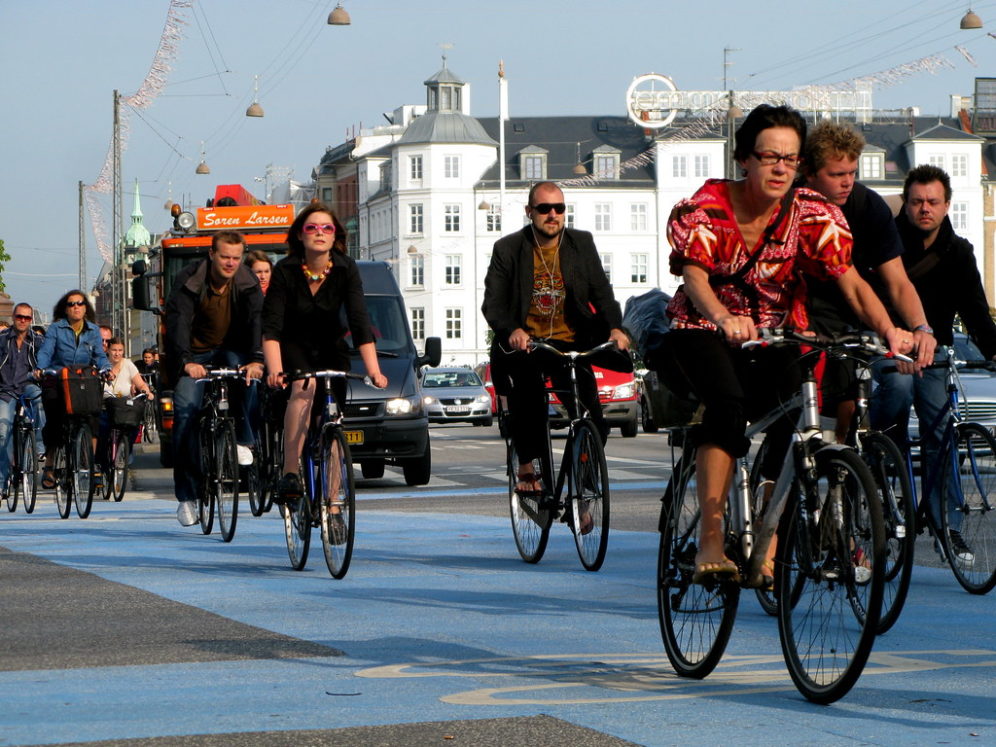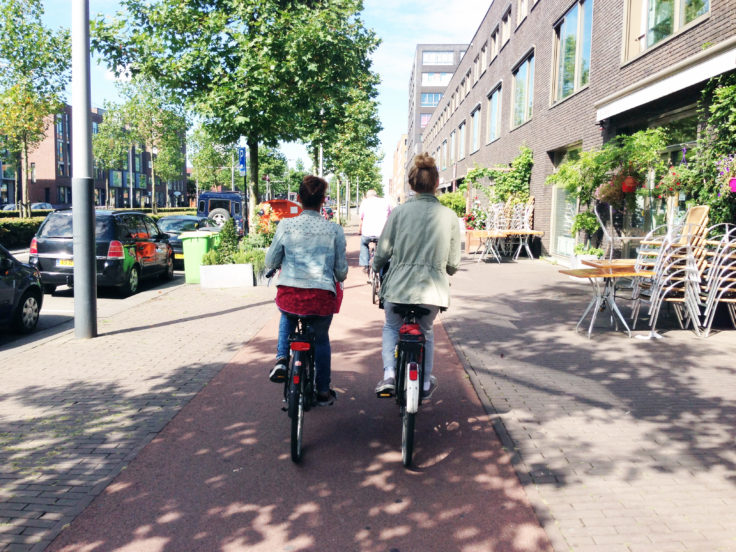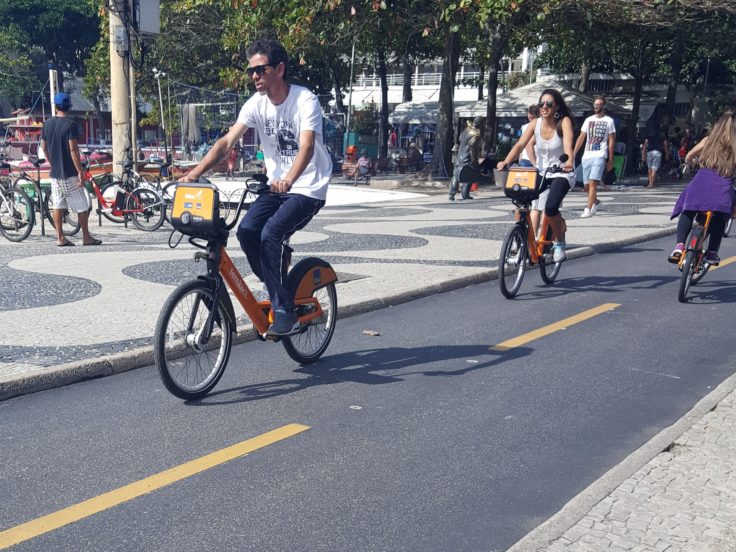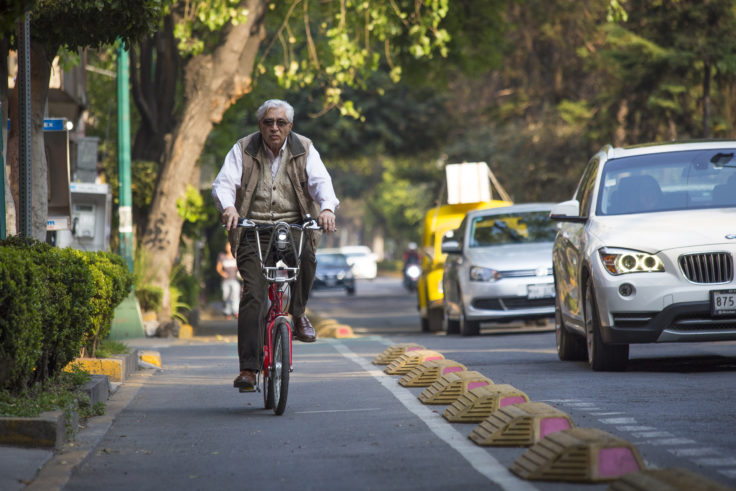 Rush hour in Copenhagen, Denmark.
Rush hour in Copenhagen, Denmark.
February 27, 2020
Why Your City Doesn’t Have Enough Cyclists
More people on bicycles on the streets benefit everyone in the city, even if they never get on a bicycle. A higher mode share of cyclists means fewer cars on the street, greater safety for pedestrians, improved air quality, a healthier population, lower transportation costs, and greater equity and access overall.
Assess your city and learn about ways to increase cycling with ITDP’s Grow Cycling Toolkit.
ITDP has developed the Grow Cycling Toolkit, an interactive assessment that helps cities think through barriers that prevent people from cycling, and generates a tailored action plan to quickly grow and improve cycling based on the specific needs of that city.
Cities with higher cycling mode shares also tend to have happier, more prosperous citizens, who enjoy a robust and growing economy. And that’s not even including the climate change mitigation effects of a global cycling shift.


Cycling is the ideal transport solution for cities, and the most efficient method of self-powered transportation. And yet, with few exceptions, cities continue to spend most of their transport budgets building roads primarily for cars. Despite a rising global interest in, and acceptance of cycling over the past decade, we are still far from the mode shift tipping point needed to see real cycling use and priority on the streets. With the data so clear, and the need so great, why aren’t we seeing the rapid cycling growth we need?
One big reason is that city transport agencies have long been focused on one goal: moving cars through the city as quickly as possible. This singularly-focused objective has blinded planners to the potential of other modes, to the point that in many places, it is actually illegal to be without a car. Even if cities really want to change course, as many do, they may not know where to begin. While cities may be hesitant to invest in cycle lanes without having lots of cyclists on the road, there is no need to wait. Building protected cycle lanes and supportive infrastructure has been shown to spur ridership. Other efforts like bikeshare can expand access and elevate the visibility of cycling.
To combat cities’ uncertainty, ITDP introduces The Grow Cycling Toolkit. The interactive assessment helps cities think through barriers that prevent people from cycling, and generates a tailored action plan to quickly grow and improve cycling based on the specific needs of that city. “There is a great wealth of information on how to implement specific pro-cycling urban design and policies leveraging the latest technologies and global thinking, but it can be difficult to determine where to start, or what your city should prioritize,” says Dana Yanocha, ITDP Research Manager and the author of the toolkit, “We know that building high-quality cycle lanes gets people on bicycles, and the tool takes that into account. But it also shines a light on other factors like bicycle affordability and learning to ride a bicycle, which can deter people from cycling.”


While other resources like the Copenhagenize Index rank cycle-friendliness based on various metrics, ITDP’s Grow Cycling Toolkit is action-oriented. It identifies immediate, customized steps any citycan take to address its specific barriers to cycling, while also ensuring that foundations are being laid to address long-term challenges.
There are three simple steps to using The Grow Cycling toolkit:
1. Complete the City Assessment
Enter your city name, and answer some basic questions about bicycle access, safety, and conditions in your city. Consider your city’s capacity to design and implement cycling projects, and identify measures your city has already taken to improve cycling conditions.
2. Get Your Action Plan
Receive a list of 10 actions to help your city grow cycling that correspond to the needs and conditions you indicated in the City Assessment. You can then sort your action plan by impact, cost, or time.
3. Explore Metrics and Key Resources
Read about suggested metrics that will help you set baselines and track progress after actions have been implemented, and browse through a library of best practice resources for design and implementation of various actions.

Shifting the culture of cities away from a solo focus on cars to make room, on the streets and in the minds, is not a quick or easy task, but it is an essential one for the future of our cities and our planet. “The actions we recommend are achievable in any city in the world. Some are easier than others, but taking that first step really matters,” says Yanocha. “If your city is already a pretty good place to cycle, this tool can help you take the next step to encourage even more of a shift. If your city is just starting to think about cycling as a strategy for improving mobility options, this will give you a place to start.”
